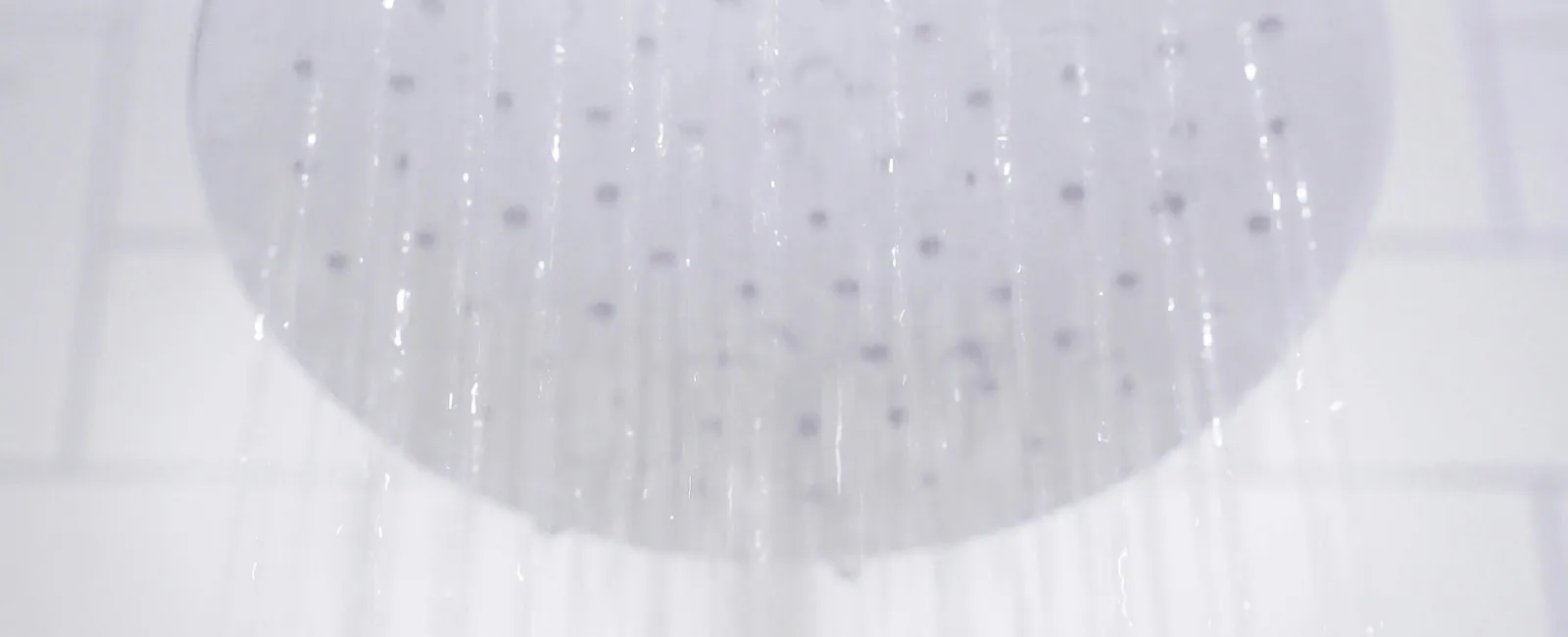Experiencing low water pressure in the shower can be more than a minor inconvenience—it can significantly impact the quality of your daily routine. Knowing how to increase water pressure in the house can transform your experience, making showers quicker, more enjoyable, and ultimately more efficient. Fortunately, boosting shower pressure is often achievable with a few simple fixes. Here, we'll explore how to improve water pressure in the shower, discuss common causes of low pressure, and outline effective solutions ranging from DIY tricks to adjustments in your plumbing system.
What Causes Low Water Pressure in the Shower?
Understanding the root cause of low water pressure in the shower is essential before diving into solutions. Low water pressure can stem from various factors, such as:
Clogged Shower Head: Over time, mineral deposits from hard water can accumulate in shower heads, reducing water flow and diminishing pressure.
Pipe Blockages: Mineral deposits, corrosion, or debris can also build up in pipes, obstructing water flow and causing reduced pressure.
Pressure Regulator Settings: The water pressure regulator in your home controls the overall water flow, so if it's set too low, your shower pressure will be affected.
Municipal Water Supply: Sometimes, low pressure is due to the local water supply, especially during peak usage times.
Knowing these potential causes will help you choose the most effective way to increase shower water pressure, whether it involves a simple cleaning or more substantial adjustments.
Simple DIY Solutions to Increase Shower Pressure
If your shower's water pressure is low, a few straightforward steps can often help boost it. Let's explore these easy methods first before moving to more extensive fixes.
1. Clean or Replace Your Shower Head
A common cause of low water pressure in the shower is a blocked shower head. Mineral deposits build up over time, particularly if you live in an area with hard water. This buildup can reduce water flow and limit pressure, creating a subpar shower experience. Here's how to address this:
Remove the Shower Head: Unscrew the shower head from the pipe and soak it in vinegar. This will dissolve mineral deposits and improve water flow.
Scrub the Head Thoroughly: Use an old toothbrush to scrub remaining buildup around the nozzles, ensuring a clean and clear surface.
Reinstall or Replace: Reattach the shower head, or consider replacing it with a high-pressure model designed to improve water pressure.
Using a high-pressure shower head is often an effective and affordable fix for low water pressure in the shower. These models are specifically engineered to maximize water output, providing a noticeable boost in shower pressure.
2. Check for Leaks in Your Plumbing System
Leaks in the plumbing system can reduce the amount of water reaching the shower, resulting in lower pressure. To check for leaks, inspect areas around pipe joints, connections, and valves. Addressing any leaks will allow more water to flow directly to your shower, increasing pressure without further adjustments. Consider using plumber's tape to seal any minor leaks you identify, or call a plumber if larger repairs are needed.
3. Adjust the Water Pressure Regulator
If your entire home is experiencing low water pressure, adjusting the water pressure regulator might be necessary. Located near the main water line, this device controls water flow throughout your house. Here's how to adjust it:
Locate the Regulator: Find the pressure regulator near your main water line.
Turn the Adjustment Screw: Use a wrench to turn the adjustment screw clockwise to increase pressure.
Test Your Shower: After adjusting, check your shower to see if there's a noticeable improvement in pressure.
Increasing the regulator setting can improve water pressure in your shower and throughout your home, especially if it was previously set too low.
4. Inspect the Main Water Valve
A partially closed main water valve can limit the water flow throughout your home, including your shower. To fix this:
Locate the Main Water Valve: It's often near where the water line enters your house.
Ensure It's Fully Open: Turn the valve to make sure it's fully open, allowing maximum water flow.
By opening the main water valve completely, you may experience a significant improvement in shower pressure if it was previously restricted.
Additional Ways to Increase Water Pressure in Your Shower
If simple DIY solutions don't help, your plumbing system may require more extensive adjustments to improve water pressure.
Clear Clogged Pipes
Over time, pipes can develop mineral buildup or corrosion, which restricts water flow and lowers pressure. If you suspect clogged pipes are the cause of low pressure, try flushing the system with a vinegar solution or contacting a professional plumber to perform a deep clean. This process can be especially helpful in older homes with galvanized pipes, which are prone to clogging. In severe cases, replacing sections of the plumbing might be necessary to improve water flow and increase shower pressure.
Consider Installing a Shower Pump
A shower pump is an effective solution for homes with consistently low water pressure. Designed to increase water flow, shower pumps can significantly boost the pressure in gravity-fed systems. Installation of a shower pump requires a licensed plumber, as it involves connecting the pump to your plumbing system. Though it's a more complex solution, adding a shower pump can provide a reliable increase in shower pressure and enhance your overall experience.
Use a Pressure-Booster Shower Head
Pressure-booster shower heads are specially designed to maximize water flow, even in homes with low water pressure. These devices often come with built-in mechanisms that increase pressure, providing a stronger and more satisfying shower experience. Simply swap out your existing shower head for a pressure-boosting model to see if it improves shower performance.
How to Maintain Strong Water Pressure in the Shower
Once you've fixed your water pressure in the shower, regular maintenance is essential to keep it steady. Here are some tips to maintain a strong water flow:
Clean the Shower Head Regularly: Soak the shower head in vinegar monthly to prevent mineral buildup and maintain water flow.
Inspect for Leaks Frequently: Regularly check pipes and joints for leaks that could reduce pressure.
Monitor the Pressure Regulator: Ensure the regulator is set appropriately to avoid fluctuations in water pressure.
Following these maintenance practices can prevent water pressure issues from recurring, ensuring a consistent and enjoyable shower experience.
Is There a Way to Increase Water Pressure Without Major Adjustments?
If you're looking for a way to increase water pressure in the shower without making major adjustments, consider using a high-pressure shower head. These models are often sufficient to provide a better shower experience without extensive plumbing changes. Additionally, checking your shower head for clogs and ensuring your main water valve is open are small, simple steps that can make a difference in shower pressure.
Low-Pressure Shower Head Fix: A Practical Option for Many Households
Low-pressure shower heads designed to increase water pressure are available in various models and price points. Look for ones that specify "high-pressure" or "pressure-boosting" on the packaging, as these are designed to enhance water flow. Switching to a low-pressure shower head fix can provide a noticeable improvement in shower pressure, especially in homes with low overall water pressure.
Combining Vinegar and Baking Soda to Clear Clogs and Boost Pressure
For a deeper clean, consider using a mixture of vinegar and baking soda to address clogs in pipes and shower heads. This combination creates a fizzing reaction that can help dissolve buildup and improve water flow. Simply remove the shower head, pour a mixture of vinegar and baking soda into the head, and let it sit before rinsing. This natural method can be effective for mild clogs, but more severe buildup may require professional pipe cleaning.
Final Thoughts on Increasing Water Pressure in the Shower
Boosting water pressure in the shower doesn't have to be a complicated process. By understanding the common causes of low pressure and following the solutions outlined above, you can effectively increase shower water pressure and enhance your daily shower experience. Regular maintenance, occasional adjustments to your plumbing, and choosing the right shower head can make all the difference.
Following these steps can help you achieve and maintain optimal water pressure for a more satisfying and efficient shower experience. If none of these tips seem to work, Dalmatian Plumbing can assist with expert solutions tailored to resolve even the toughest low-pressure issues. Contact us today for dependable service and lasting results!


